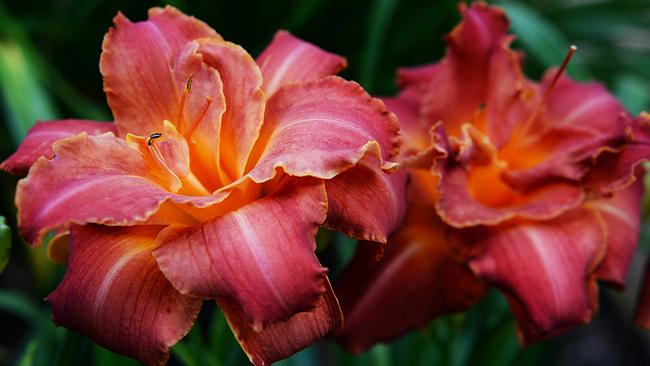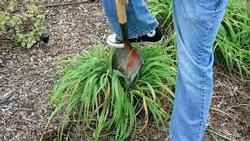Caring for Perennials in the Fall

Many perennials are relatively carefree during the growing season. Whether gracing a border or planted as a cutting garden, they bloom their hearts out until temperatures turn cold. This is when perennials need a little more attention.
Water
As the days get shorter and colder, perennials begin to dry up and their leaves turn brown. This doesn't mean they are dying. They are just entering their dormant period. Continue to water so they don't enter winter in a dehydrated state. Their roots need the moisture to stay strong and healthy.
Prune
• Cut off old wood and spent blooms in order to promote new growth next season. This helps renew the plants.
• Remove one third to one half of the growth, but take care not to cut back into bare wood.
• Cut the stems just above a node—the point where a leaf is attached—because new growth will sprout there.
• Some gardeners leave the seed pods for the birds and then trim the plants back later. Do whatever works for your aesthetic.
Divide

• To divide perennials, simply use a sharp spade to dig out clumps of the expanding plant. These can be replanted elsewhere or, better yet, why not give them away as gifts?
Mulch
A layer of mulch helps protect perennials during the winter.
Learn more about caring for perennials and other plants.
